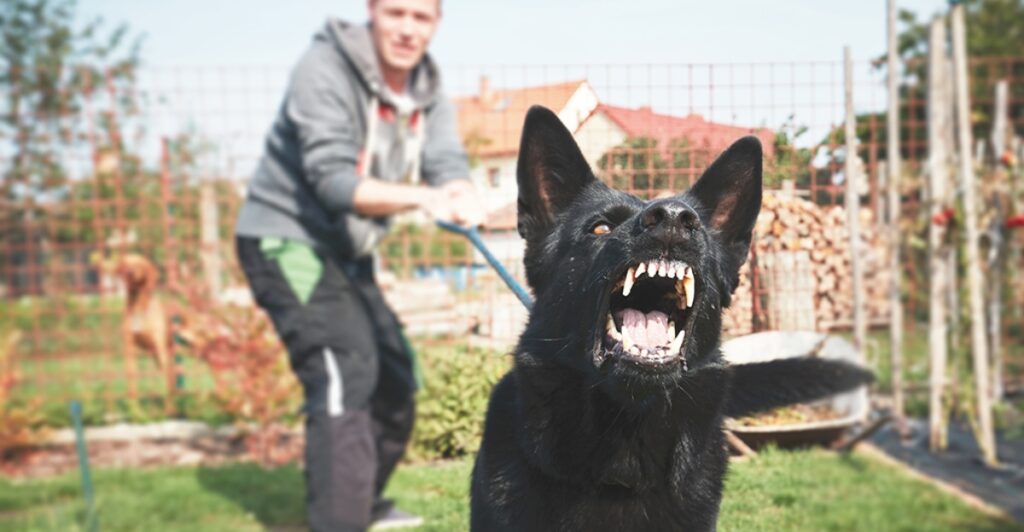
Dog aggression doesn’t just appear out of nowhere. It builds over time from fear, confusion, lack of structure, or poor socialization. The good news? You can absolutely prevent it. But it takes consistency, awareness, and a little bit of homework.
Whether you’ve got a new puppy or an adult rescue, how you train, socialize, and respond to behavior plays a massive role in how your dog sees the world—and how they react to it. You’re not just raising a pet. You’re shaping their confidence, reactions, and instincts.
This isn’t about dominance or being “alpha.” It’s about creating trust and building a stable, secure environment. Here are 9 proven ways to prevent aggression before it ever becomes a problem.
1. Start Socialization Early
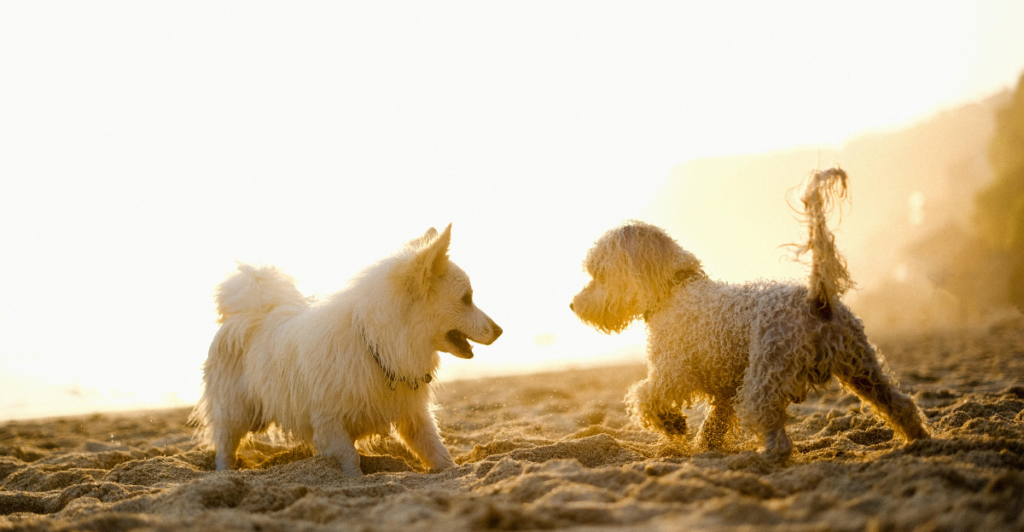
Early socialization is crucial for preventing aggression in dogs. Exposing your puppy to various people, animals, environments, and situations helps them develop confidence and reduces fear-based reactions.
Introduce new experiences gradually and positively. Use treats and praise to create positive associations. This foundation helps your dog feel secure and less likely to respond aggressively to unfamiliar stimuli.
Remember, it’s never too late to socialize an adult dog, but it requires patience and consistency. Always prioritize your dog’s comfort and safety during these introductions.
2. Use Positive Reinforcement Training

Positive reinforcement training encourages desired behaviors by rewarding them, making it an effective method to prevent aggression. Punitive measures can increase fear and anxiety, leading to aggressive responses.
Reward your dog with treats, praise, or play when they exhibit calm and appropriate behaviors. This approach builds trust and strengthens your bond.
Consistency is key. Ensure all family members use the same commands and reward system to avoid confusion and reinforce learning.
3. Recognize and Respect Body Language

Understanding your dog’s body language helps you identify signs of discomfort or stress before they escalate into aggression. Indicators include yawning, lip licking, turning away, or a stiff posture.
If you notice these signs, remove your dog from the situation to prevent escalation. Respecting their signals fosters trust and reduces the likelihood of aggressive outbursts.
Educate yourself and others interacting with your dog about these cues to ensure consistent and respectful handling.
4. Provide Adequate Exercise and Mental Stimulation
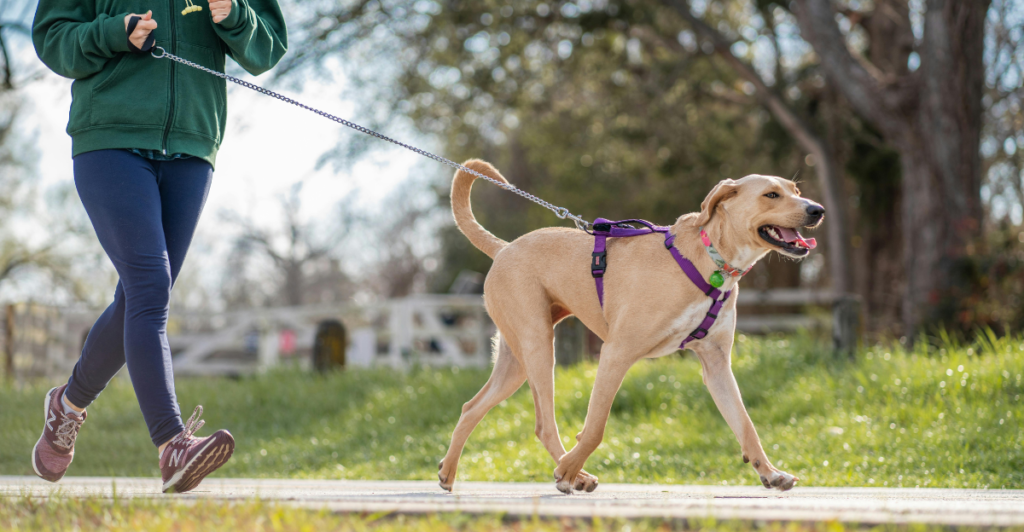
A well-exercised and mentally stimulated dog is less likely to develop behavioral issues, including aggression. Physical activity helps expend excess energy, while mental challenges keep their minds engaged.
Incorporate daily walks, play sessions, and interactive toys into your dog’s routine. Activities like puzzle feeders or obedience training can provide mental enrichment.
Tailor the exercise and stimulation to your dog’s breed, age, and health to ensure their needs are met appropriately.
5. Avoid Reinforcing Aggressive Behavior
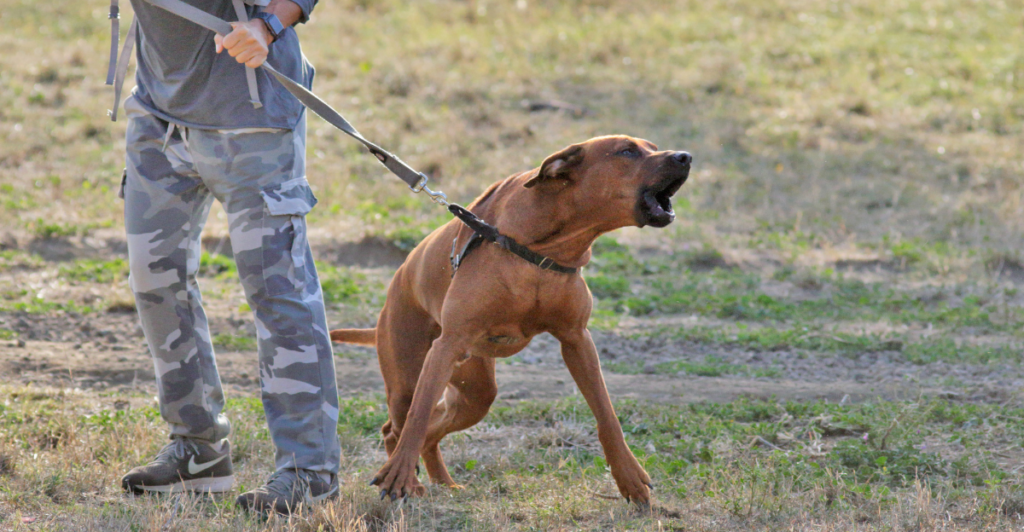
Unintentionally reinforcing aggressive behavior can exacerbate the issue. For example, comforting a dog when they’re growling at a stranger may validate their reaction.
Instead, calmly redirect their attention and reward non-aggressive responses. Avoid situations that trigger aggression until your dog has been properly trained to handle them.
Consistency in your responses helps your dog understand which behaviors are acceptable and which are not.
6. Manage Resource Guarding Early

Resource guarding, where a dog becomes aggressive over food, toys, or other possessions, can lead to serious issues if not addressed promptly. Teach your dog that relinquishing items leads to positive outcomes.
Practice trade games, offering a high-value treat in exchange for the guarded item. This builds trust and reduces the perceived need to guard resources.
Avoid forcibly removing items from your dog’s mouth, as this can increase anxiety and aggression.
7. Address Fear and Anxiety
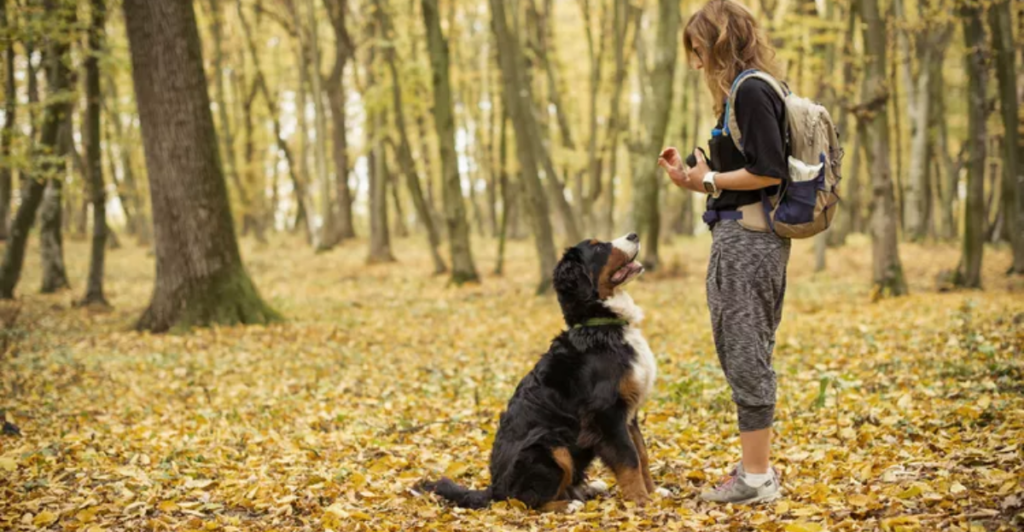
Fear and anxiety are common triggers for aggression. Identifying and addressing these emotions can prevent aggressive behaviors from developing.
Use desensitization and counterconditioning techniques to help your dog become more comfortable with feared stimuli. Gradual exposure paired with positive reinforcement can change their emotional response.
The Spruce Pets
Consult a professional trainer or behaviorist for guidance tailored to your dog’s specific fears and anxieties.
8. Ensure Consistent Rules and Boundaries
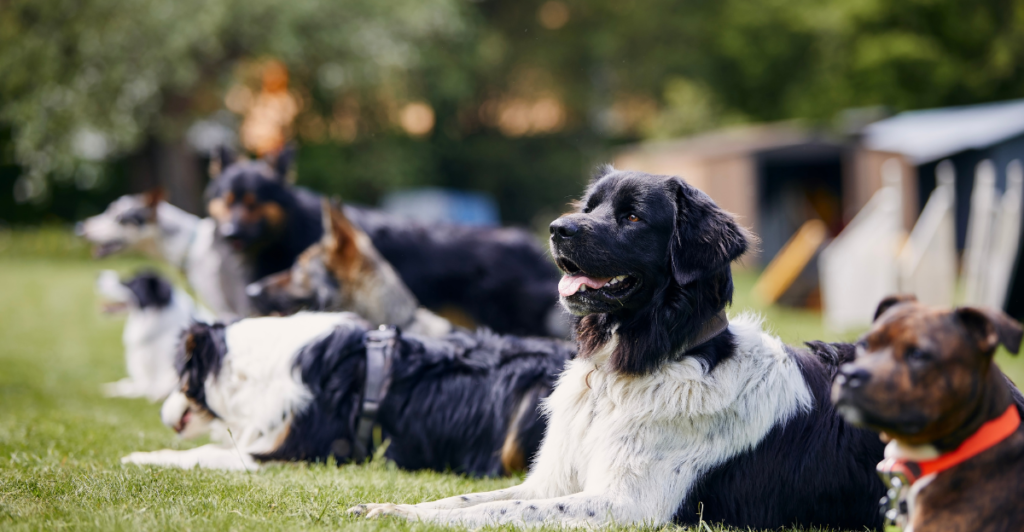
Consistency in rules and boundaries helps your dog understand expectations, reducing confusion and potential frustration that can lead to aggression.
Establish clear guidelines for behavior and ensure all household members enforce them uniformly. Inconsistencies can undermine training efforts and create anxiety.
Regular training sessions reinforce these boundaries and provide opportunities to address any emerging issues promptly.
9. Seek Professional Help When Needed
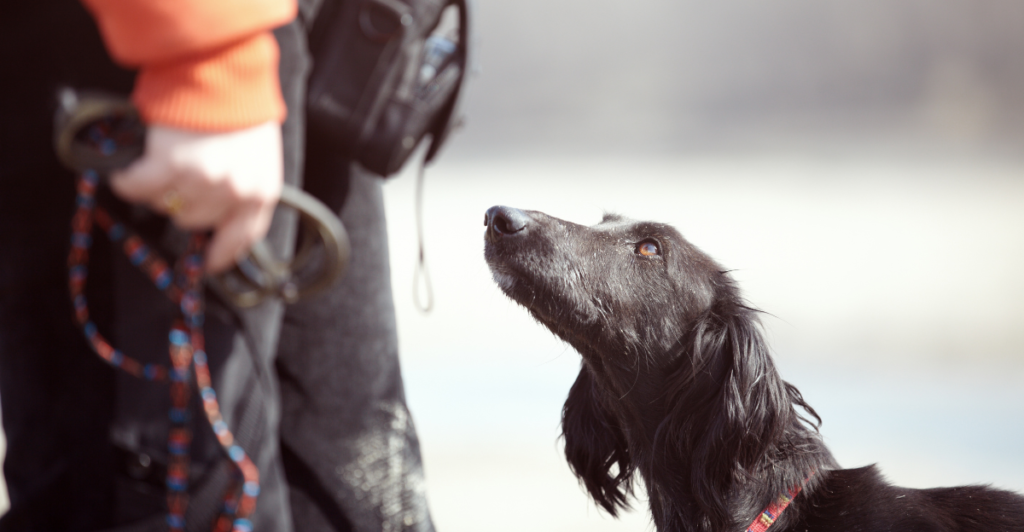
If you’re struggling to manage your dog’s behavior, seeking professional assistance is crucial. Certified trainers and behaviorists can provide tailored strategies to address aggression.
Early intervention increases the likelihood of successful behavior modification. Professionals can also help identify underlying medical issues contributing to aggression.
Don’t hesitate to consult your veterinarian for referrals to qualified behavior specialists.
Explore more of our trending stories and hit Follow to keep them coming to your feed!

Don’t miss out on more stories like this! Hit the Follow button at the top of this article to stay updated with the latest news. Share your thoughts in the comments—we’d love to hear from you!







